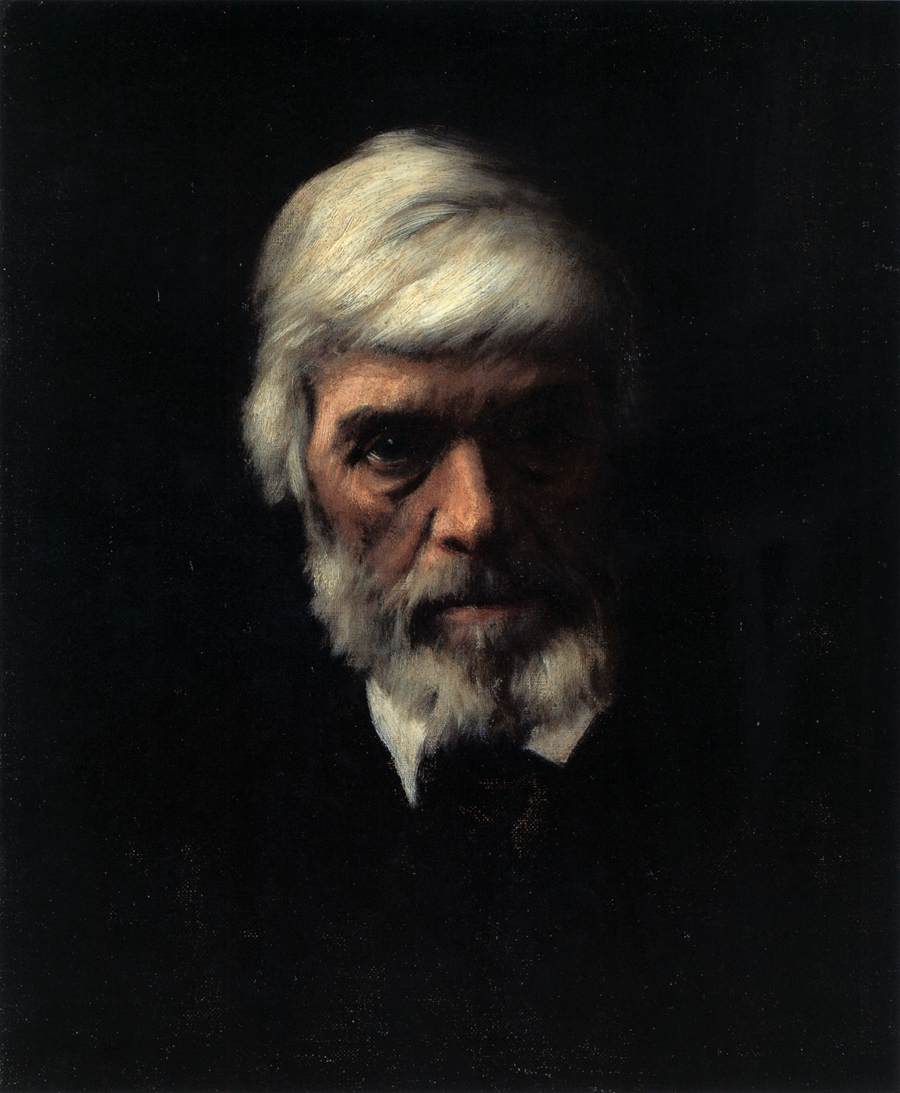 “For the better part of last century, we have all been steamrolled into a big consensus pot, harmonized into the middle, so we don’t cause any revolutions. Stability über alles. The two parties end up fighting over sliver issues, trying to play up how likable they are, and forgetting their base whenever possible to move to the center. Our two-party politicians avoid getting too detailed about pragmatic alternatives; with most people growing up to be hereditary voters – following their parents’ predilections rather than choosing pragmatic alternatives – should the majority-party politicians take a firm electoral stance on an issue, it might actually cause voters to stop and think, rather than blindly vote their party ticket.”
“For the better part of last century, we have all been steamrolled into a big consensus pot, harmonized into the middle, so we don’t cause any revolutions. Stability über alles. The two parties end up fighting over sliver issues, trying to play up how likable they are, and forgetting their base whenever possible to move to the center. Our two-party politicians avoid getting too detailed about pragmatic alternatives; with most people growing up to be hereditary voters – following their parents’ predilections rather than choosing pragmatic alternatives – should the majority-party politicians take a firm electoral stance on an issue, it might actually cause voters to stop and think, rather than blindly vote their party ticket.”
“Third-party development is extremely hard. It’s usually two steps forward, one and a half backward, as the parties lose ballot access and constantly lose competent, dedicated people who get burned out from the process of trying to maintain a third party in the face of the systemic adversity described in this book and with few spoils or even highlights of victory.”
▪ Theresa Amato, Grand Illusion – The Myth of Voter Choice in a Two-Party Tyranny (The New Press, 2009) extracts from pages 56 and 72.





Leave a comment